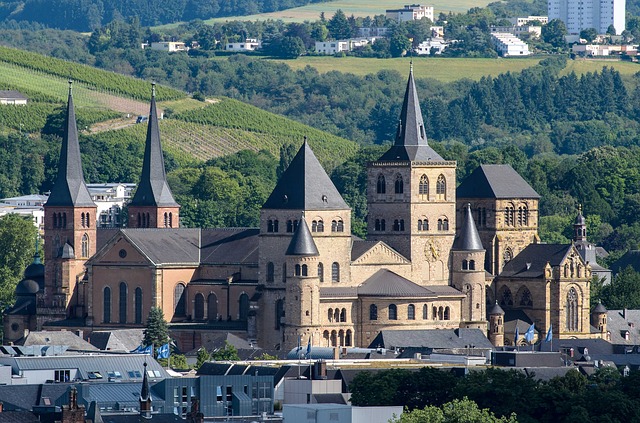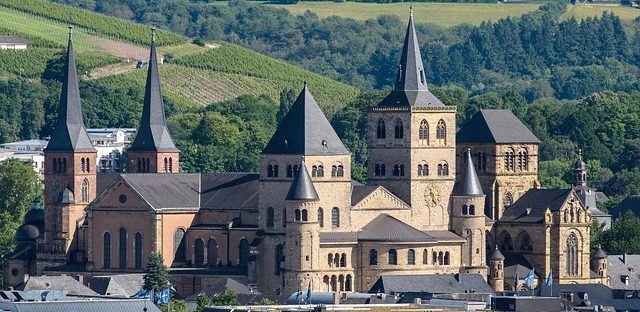- Target: Transition from an energy-importing to an energy-exporting region
- Status: In progress - To date, the RES-plants in the region supplies more than 60 % of the regional electricity demand, thereby saving more than 1.2 Mio. tonnes of CO2.
- RES: Solar, wind, hydro and biomass.
- Implementation: In 2011, the region of Trier in Germany was designated as a national "100 RES-Region" and a "Renewable Energy Sources (RES) Region of Competence". The region has accumulated more than 15 years of experience in developing a sustainable regional energy system that focuses equally on energy saving, energy efficiency, and the expansion of renewables. The original motivation behind this was to create an economic alternative to nuclear power and to reduce the dependence from oil, gas and coal. Today, the main goal is to transition from an energy-importing region to an energy-exporting region. Based on energy studies carried out in 2001 and 2010, the region has adopted a development concept called the ‘Future Strategy Region Trier 2025’, which contains major actions addressing key themes such as energy generation and savings, reduction of GHGs and creating/maintaining added values in the regional energy sector. From 2010, ‘Energy Agency Region Trier’ began cooperating with the ‘Regional Planning Association’ to initiate projects, to consult, inform and connect relevant actors on energy themes – ranging from citizens and communities to architects, planners, energy consultants and other businesses. In 2012 a regional public discourse was launched in order to anchor the energy transition in the region through many workshops, events and internet portals.
- Population: 110,013 (2017)
- Area: 117.13 km2 (45.22 sq mi)
- Link: (In German) https://www.trier.de/umwelt-verkehr/energie-klima/

- German
